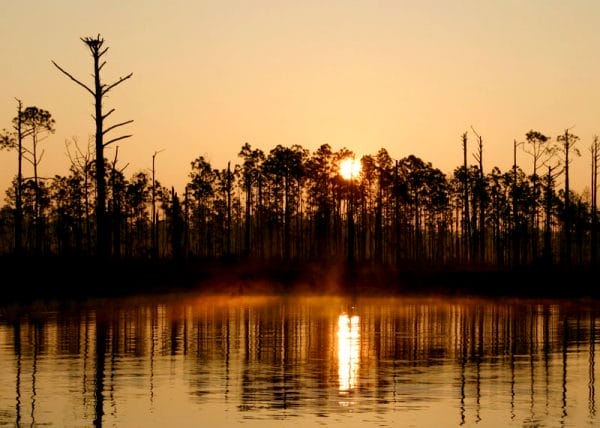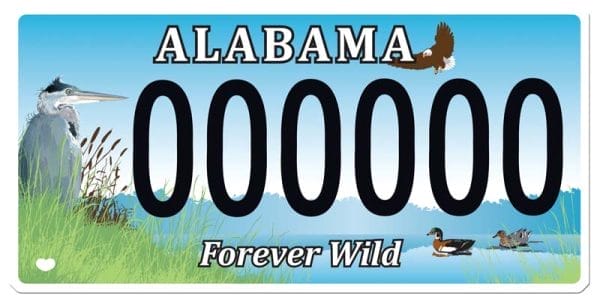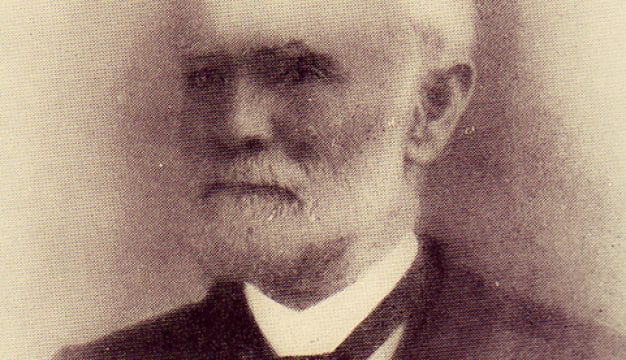Alabama Department of Conservation and Natural Resources
 Fishing at Lakepoint Resort State Park
The Alabama Department of Conservation and Natural Resources (ADCNR) is the state agency responsible for the conservation and management of Alabama‘s natural resources, including state parks, state lands, wildlife, and aquatic resources. ADCNR also issues hunting and fishing licenses for the state. The department consists of five divisions: Marine Police, Marine Resources, State Lands, State Parks, and Wildlife and Freshwater Fisheries. Supporting those divisions are seven support sections: Accounting, Diversity and Recruiting, Engineering, Information and Education, Information Technology, Legal, and Personnel and Payroll.
Fishing at Lakepoint Resort State Park
The Alabama Department of Conservation and Natural Resources (ADCNR) is the state agency responsible for the conservation and management of Alabama‘s natural resources, including state parks, state lands, wildlife, and aquatic resources. ADCNR also issues hunting and fishing licenses for the state. The department consists of five divisions: Marine Police, Marine Resources, State Lands, State Parks, and Wildlife and Freshwater Fisheries. Supporting those divisions are seven support sections: Accounting, Diversity and Recruiting, Engineering, Information and Education, Information Technology, Legal, and Personnel and Payroll.
ADCNR’s origins lie with the state’s first laws to regulate hunting and fishing, introduced in 1867. In 1891, the state legislature established the State Oyster Inspector, and at the time the responsibility for enforcing fish and game laws fell upon most law enforcement officers in addition to their regular duties. In 1907, the Department of Game and Fish (DGF) was established by the state legislature through a bill authored by Representative Henry Steagall of Dale County; State Representative John Wallace of Madison County was appointed as its first commissioner. The new department’s responsibilities included regulating wild bird and game harvests, setting hunting seasons and harvest limits, and issuing certificates for the scientific study of wild birds.
 Bon Secour National Wildlife Refuge
H. M. Henderson and W. F. Sirmon were appointed as the first official state game wardens, which also made them the first state-level law enforcement officers in Alabama. Sixty-five non-salary officers were added; they were entitled to a portion of any fine collected in their cases. By 1922, however, game wardens were salaried and hired through an examination and training process.
Bon Secour National Wildlife Refuge
H. M. Henderson and W. F. Sirmon were appointed as the first official state game wardens, which also made them the first state-level law enforcement officers in Alabama. Sixty-five non-salary officers were added; they were entitled to a portion of any fine collected in their cases. By 1922, however, game wardens were salaried and hired through an examination and training process.
In 1915 several other agencies and commissions responsible for the state’s wildlife and natural resources were consolidated under DGF, and in 1919 the agency was renamed the Alabama Department of Conservation. The department would undergo many name changes as the focus and overall scope of operations evolved until settling on its current name, the Alabama Department of Conservation and Natural Resources, in 1971.
ADCNR is led by a commissioner appointed by the governor and advised by a 10-member Conservation Advisory Board. Board members are appointed by the governor for six-year terms. The governor, commissioner of the Alabama Department of Agriculture and Industries, and director of the Alabama Cooperative Extension System serve as ex-officio advisory board members, and the ADCNR commissioner serves as the board’s ex-officio secretary.
Funds for ADCNR are generated through the sale of hunting and fishing licenses, boat registration fees, oil and gas royalties from leases of state lands, and state park usage fees. The funds are supplemented with federal matching funds. The department receives no funding from the state’s General Fund.
 Forever Wild License Plate
ADCNR’s scope of operations includes the administration, management, and maintenance of 22 state parks, 23 public fishing lakes, three freshwater fish hatcheries, 36 wildlife management areas, two waterfowl refuges, two wildlife sanctuaries, a mariculture center with 35 ponds, and 645,000 acres of trust lands managed for the benefit of several state agencies, the General Fund, and Alabama Trust Fund. Other departmental functions include maintaining the State Land Resource Information Center and administering the Forever Wild land conservation program, established by Gov. Guy Hunt and then-commissioner James D. Martin.
Forever Wild License Plate
ADCNR’s scope of operations includes the administration, management, and maintenance of 22 state parks, 23 public fishing lakes, three freshwater fish hatcheries, 36 wildlife management areas, two waterfowl refuges, two wildlife sanctuaries, a mariculture center with 35 ponds, and 645,000 acres of trust lands managed for the benefit of several state agencies, the General Fund, and Alabama Trust Fund. Other departmental functions include maintaining the State Land Resource Information Center and administering the Forever Wild land conservation program, established by Gov. Guy Hunt and then-commissioner James D. Martin.
ADCNR has a wide range of programs and activities. The Forever Wild Land Trust, established in 1992, allows for the purchase of land for conservation and recreational uses, and the state park system and wildlife management areas also provide the public with outdoor opportunities and wildlife preservation. Additionally, the Alabama Aquatic Biodiversity Center promotes the conservation and restoration of rare freshwater species in Alabama and in turn restores cleaner water to state waterways. Recent projects include an extensive effort to restore various aquatic mollusk populations in the state that have been in decline for various environmental reasons. It is the largest program of its kind in the United States, as is the Artificial Reef Program, begun in 1953 to enhance and maintain natural aquatic diversity in the Gulf of Mexico.
 Mobile-Tensaw Delta
In addition to publishing one of the longest-running state wildlife magazines in the country (since 1929), currently called Outdoor Alabama, ADCNR has a number of other public education initiatives. For example, the department’s Marine Police Division teaches boating education in public schools. In 2008 the State Lands Division opened the 5 Rivers Delta Resource Center, a conservation education facility that also serves as hub of outdoor recreation in the Mobile-Tensaw River Delta. Also, ADCNR’s Information and Education Section annually conducts several teacher-training workshops designed to help teachers incorporate conservation and natural resources education into public school curricula.
Mobile-Tensaw Delta
In addition to publishing one of the longest-running state wildlife magazines in the country (since 1929), currently called Outdoor Alabama, ADCNR has a number of other public education initiatives. For example, the department’s Marine Police Division teaches boating education in public schools. In 2008 the State Lands Division opened the 5 Rivers Delta Resource Center, a conservation education facility that also serves as hub of outdoor recreation in the Mobile-Tensaw River Delta. Also, ADCNR’s Information and Education Section annually conducts several teacher-training workshops designed to help teachers incorporate conservation and natural resources education into public school curricula.
Department biologists conduct a wide array of scientific studies of Alabama’s plant and animal species, including the monitoring of wildlife and aquatic species populations as well as habitat studies that will inform future management practices. Department biologists regularly contribute to Outdoor Alabama magazine.
Further Reading
- Alabama Department of Conservation and Natural Resources. Functional Analysis and Records Disposition Authority. Montgomery, Ala.: State Records Commission, 2002.
- Alabama Department of Conservation and Natural Resources. “Alabama’s Artificial Reef Program: A Brief History.” Outdoor Alabama.
- Dodd, Kevin. “The First 100 Years: 2007 Marks the 100th Anniversary of Alabama’s Conservation Enforcement Officers.” Outdoor Alabama 79 (October 2007): 12-15.



